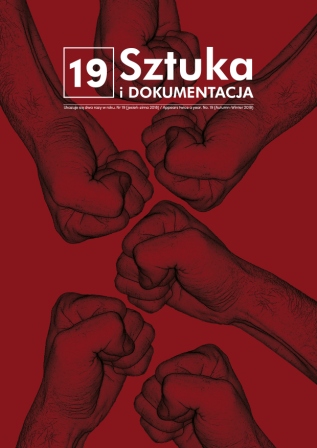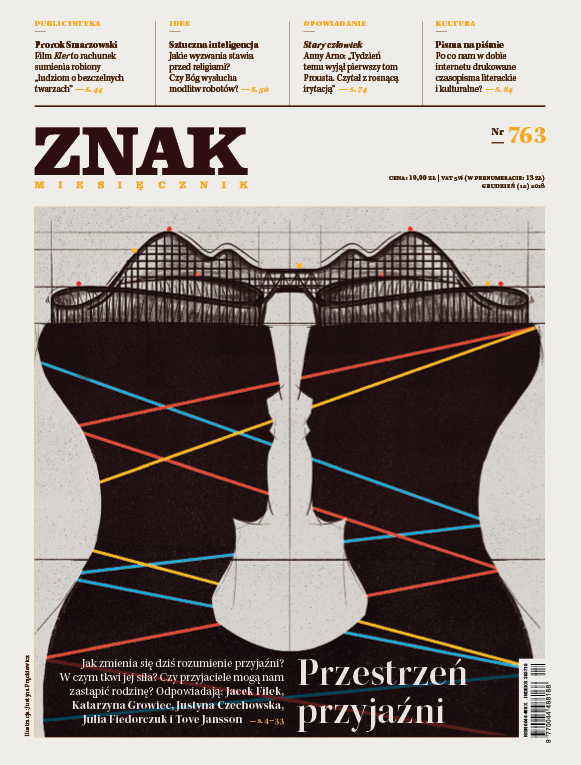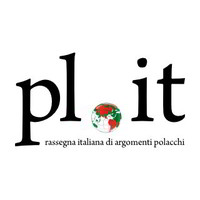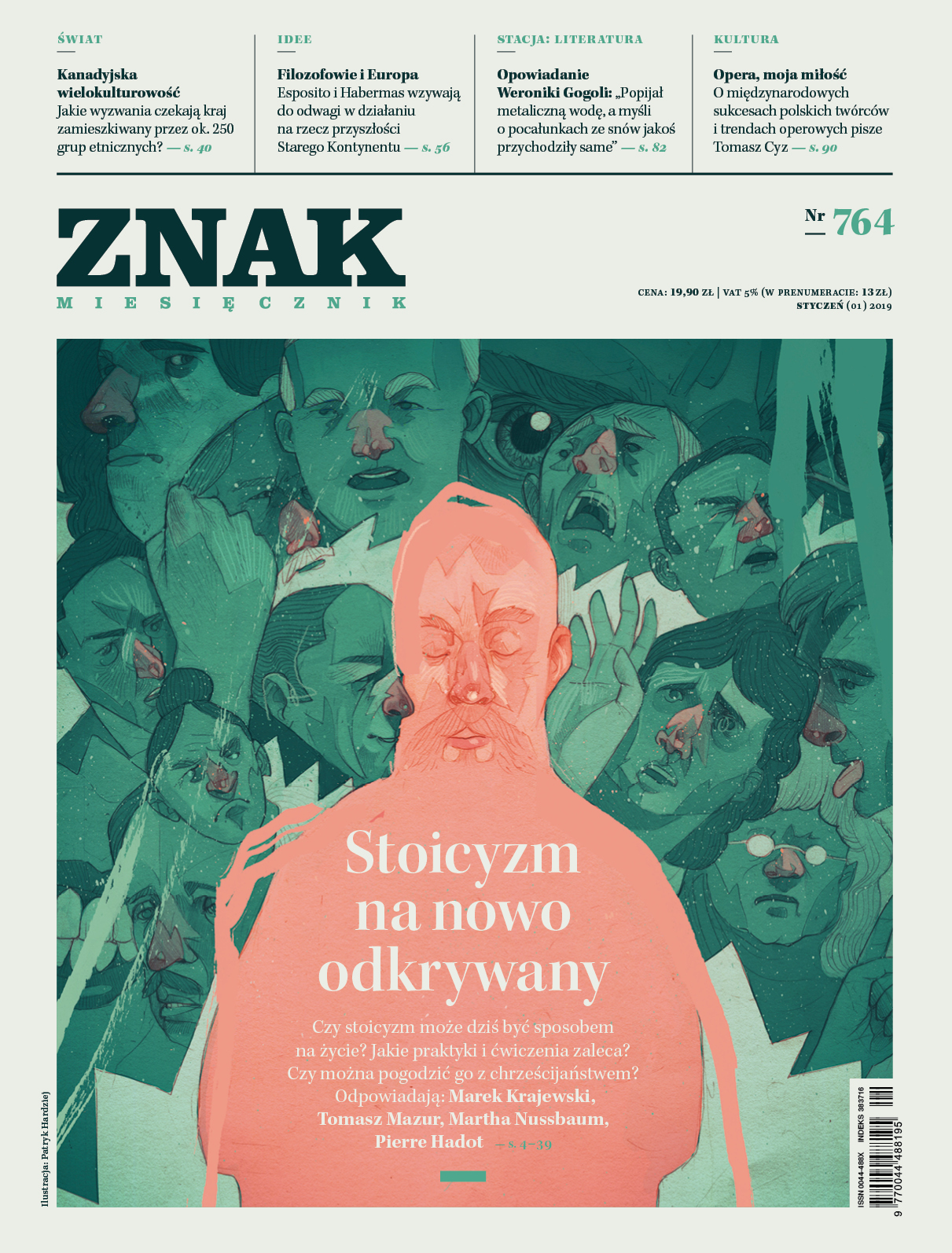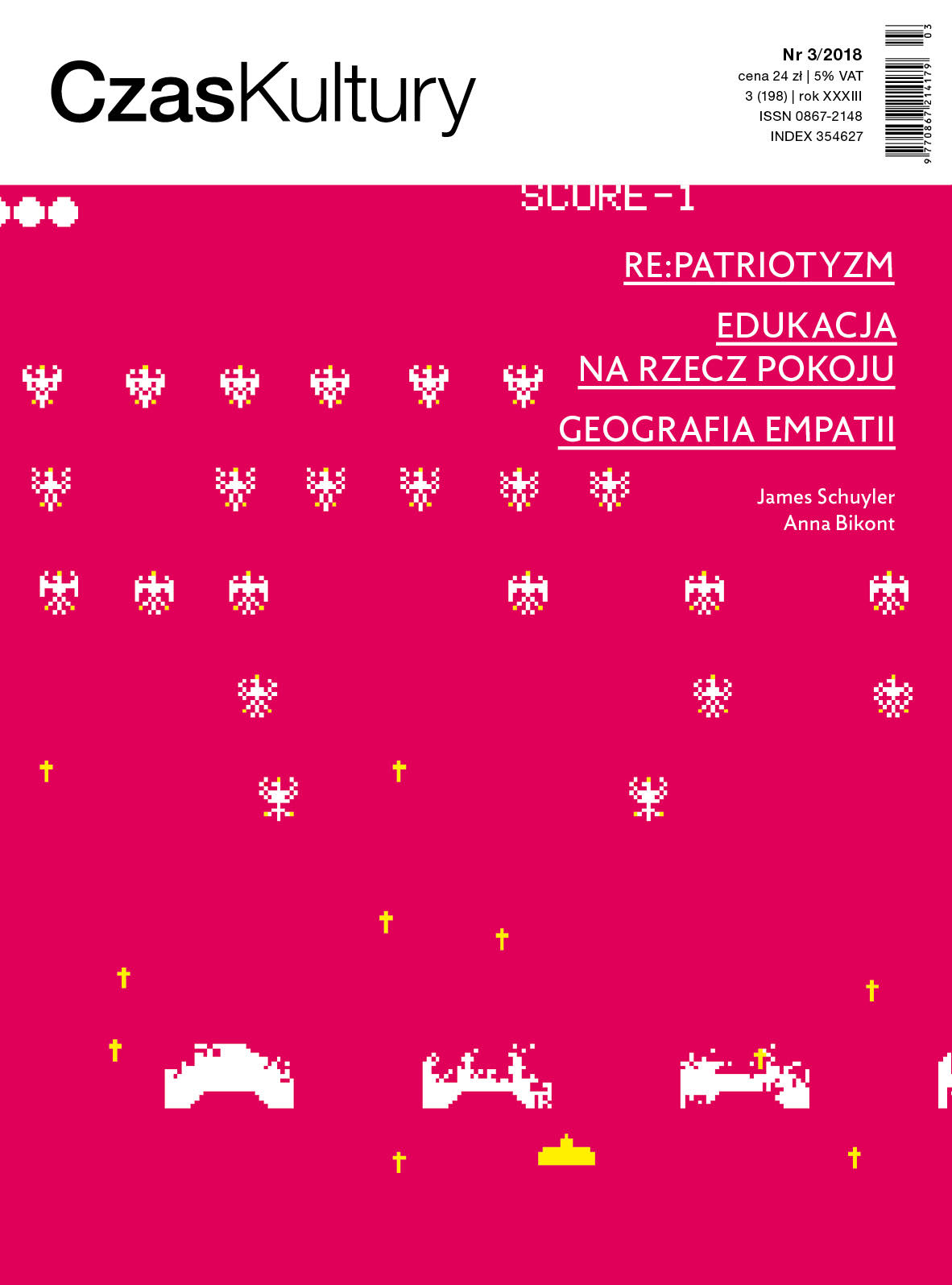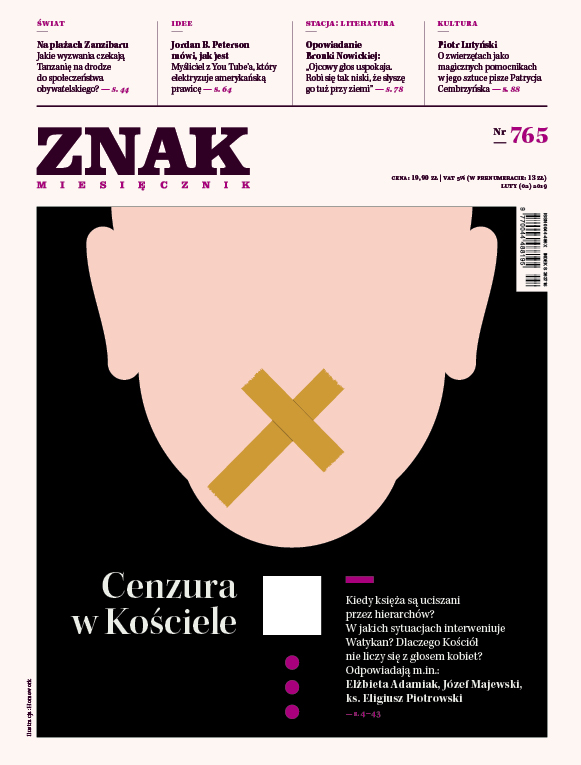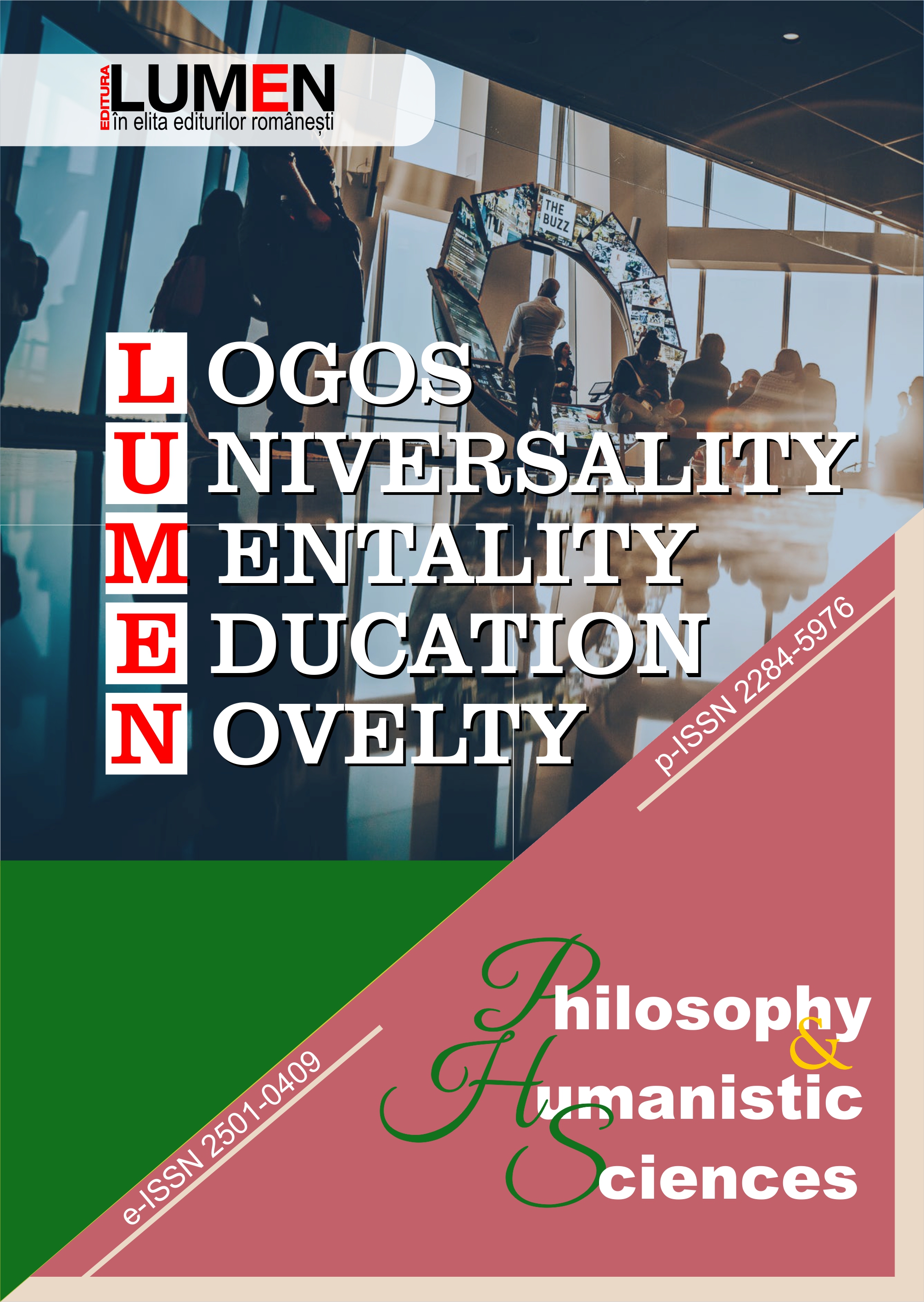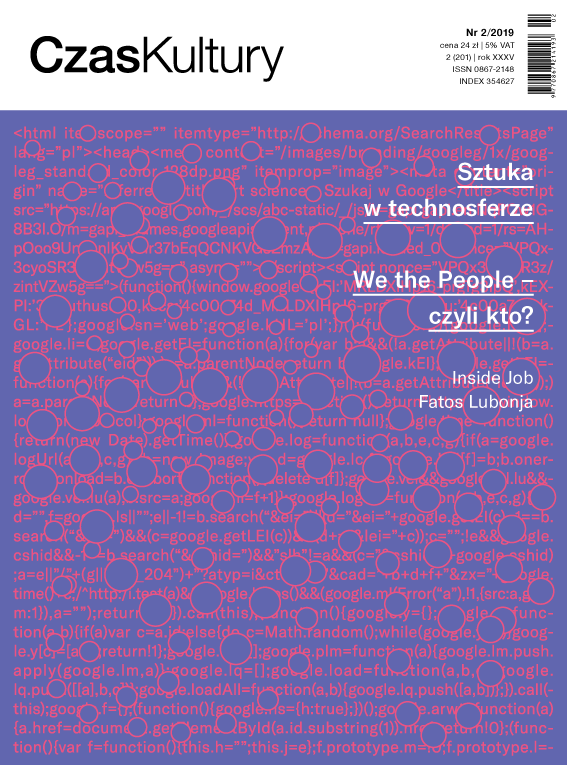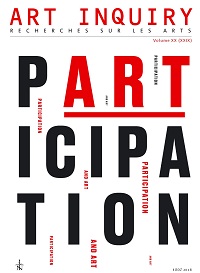
The taming of space in recovered territories. the participatory aspects of biennale of spatial forms in Elbląg and visual arts symposium Wrocław '70
This article will cover a number of issues concerning artistic events indicated in the title with emphaisis on the activities or projects of the artists actively involved ‘ordinary citizens,’ the inhabitants of Poland’s Western and Northern Territories, where Poles were resettled after 1945, in the process of co-creation/reception of their artistic work. An attempt will be made to answer the following questions: To what extent did the en plein air events and symposia de facto realize the ideas propagated by the communist authorities in Poland? Perhaps these artworks, originally intended by their creators to enliven the public space, are now perceived from the contemporary perspective and have finally triumphed over empty communist dialectics, creating artistic value that Pierre Bourdieu could include within the scope of objectified forms of cultural capital? Did they really contribute to the cultural ‘domestication’ of the northern and western territories, where the dicussed events were organized? Also, last but not least: the question concerning the nature of the aforementioned participation – what was the nature of the contribution from the individual participants to the co-creation and realization of the projects?
More...
